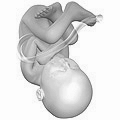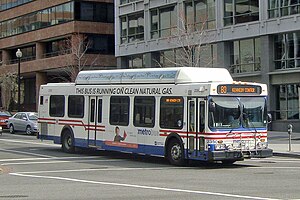The focus today is one an analysis of the toll-avoidance reactions of commuters who live within or outside a cardon in a large city in the USA (Chicago). Using a model, the authors concluded that cordon pricing affects real estate, transit use and economic activities such as location of businesses. The toll charge and the area cordoned are two basic drivers.

Key Quotes:
“Cordon tolling is considered successful in having reduced congestion and emissions, although the environmental benefits are secondary in magnitude compared to the time savings”
“The effects and benefits of cordon tolling can be quite different when public transit is not available or if it is available but its availability is limited by congestion at transit stations”
“A $14 toll per crossing maximizes welfare, achieving 65% of the gains from Pigouvian pricing on all major roads. About 16% of the downtown cordon’s welfare gains are from toll revenue, 34% from annualized real estate value gains and 50% from consumer utility”
“ Bigger cordons around the City of Chicago and around the City and its inner suburbs are also studied. In the case of the last cordon, toll-avoidance causes jobs, residences and real output to increase within the cordon”
Related articles
- What does Traffic Congestion Cost us? (pollutionfree.wordpress.com)
- Congestion charge 'would fail' (autonetinsurance.co.uk)
- State Study Shows Congestion Pricing Works (seattletransitblog.com)
- "Carmageddon" and the Persistence of Traffic Congestion [The Pump Handle] (scienceblogs.com)
- Managing Traffic Congestion in Melbourne, Australia (pollutionfree.wordpress.com)
- Congestion Pricing and Land-Use Planning (pollutionfree.wordpress.com)

































